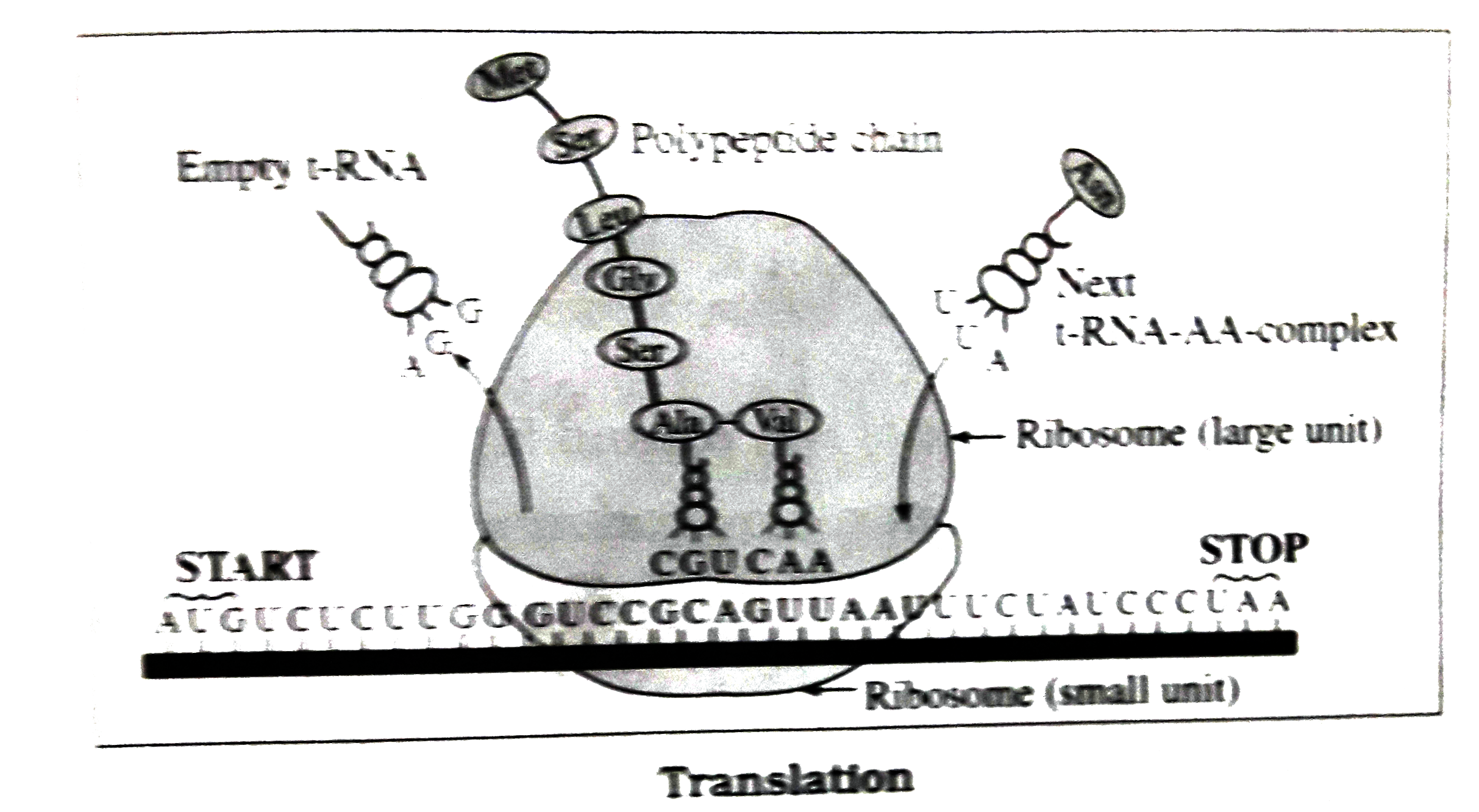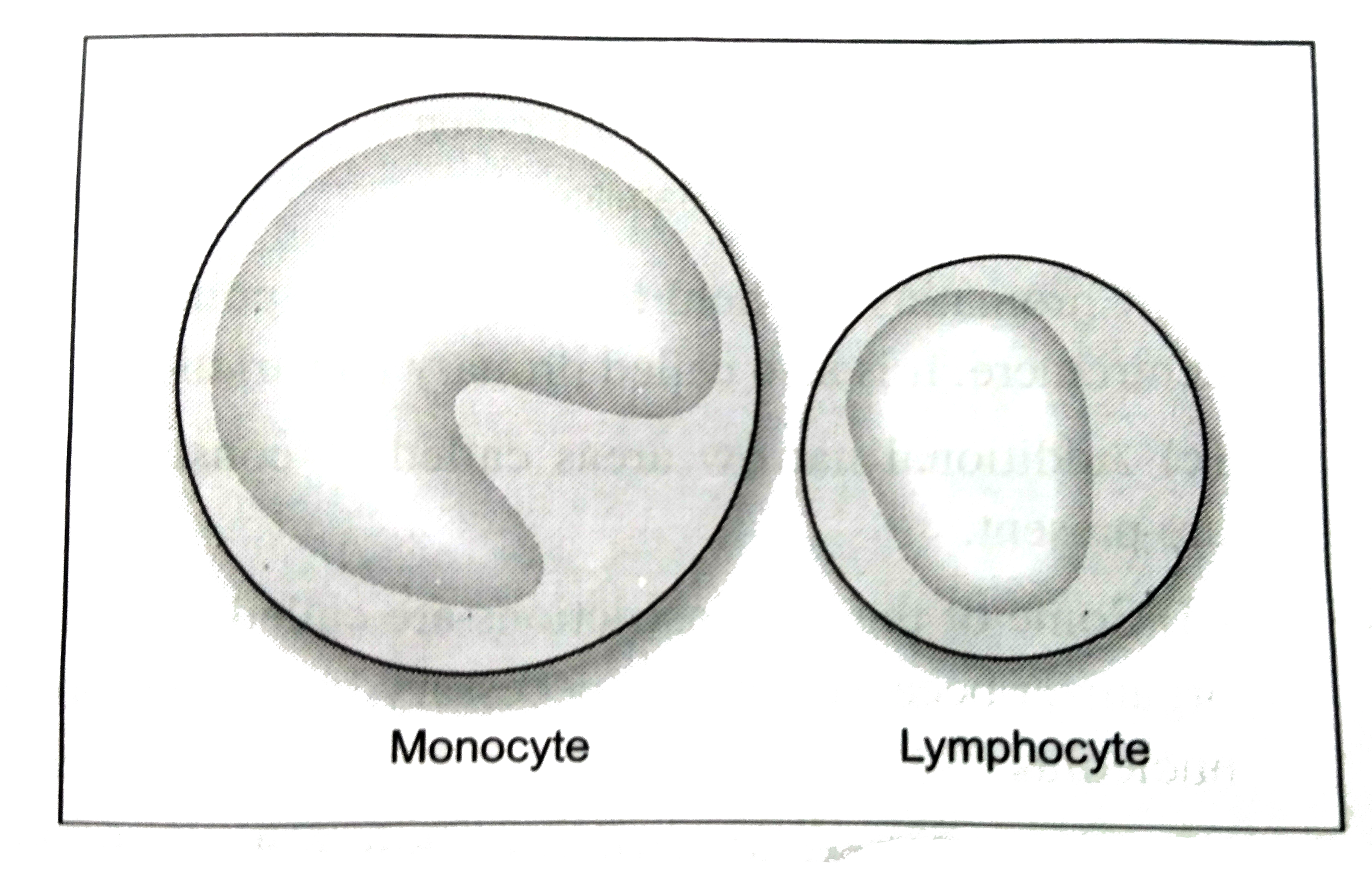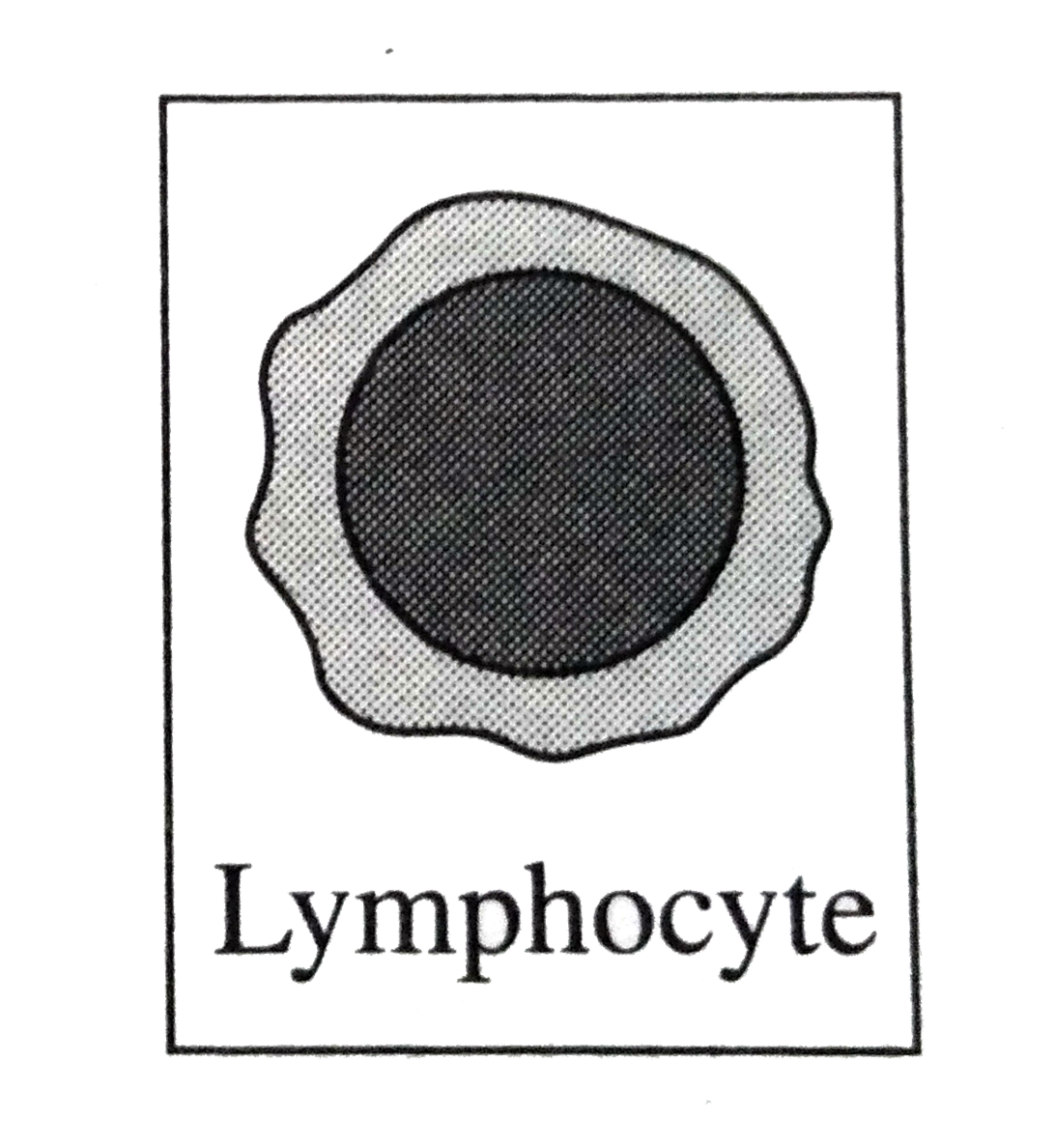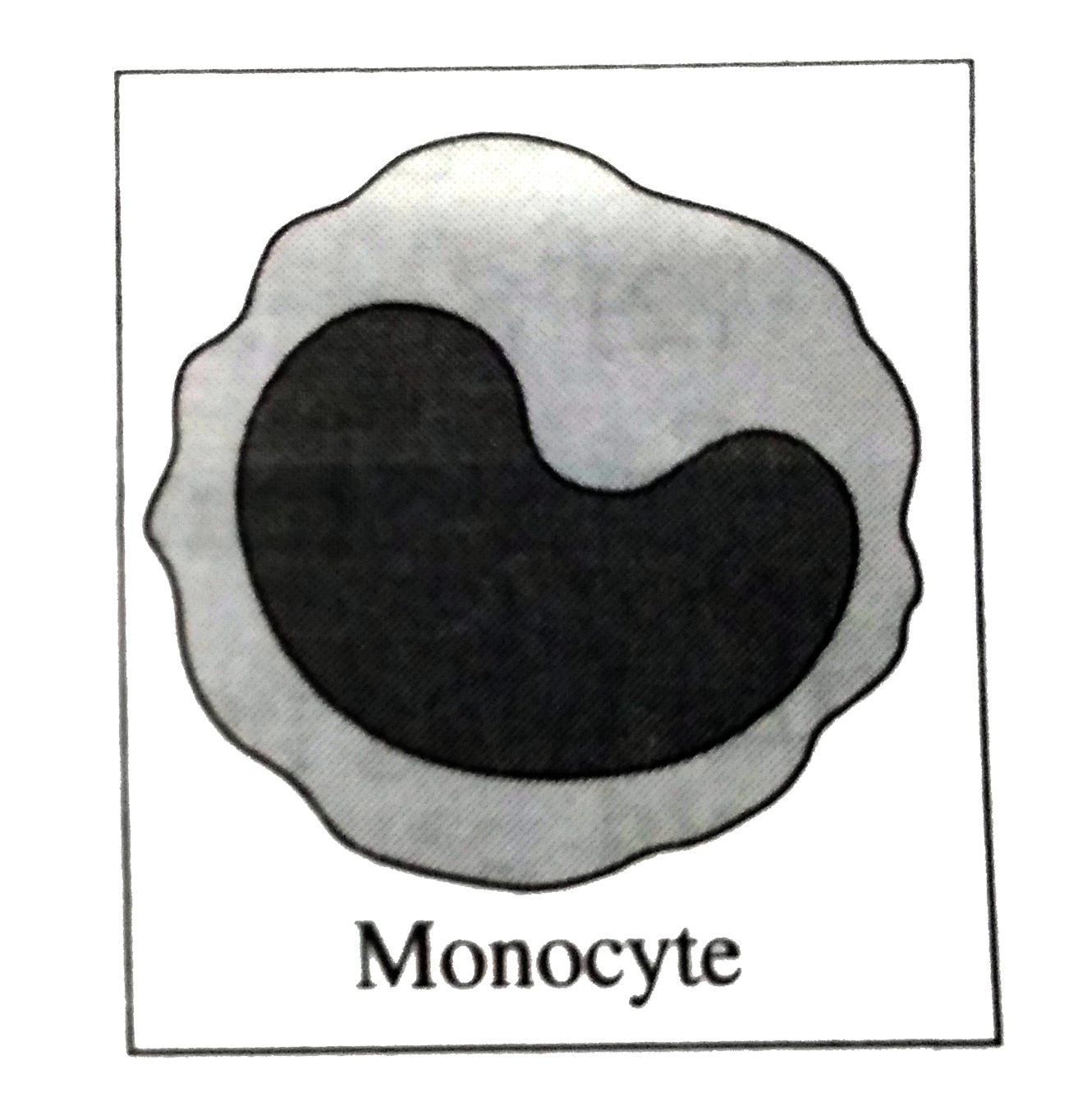InterviewSolution
This section includes InterviewSolutions, each offering curated multiple-choice questions to sharpen your knowledge and support exam preparation. Choose a topic below to get started.
| 18201. |
Question : Describe briefly the following: Bioreactors |
|
Answer» Solution :Bioreactors are vessels in which the raw materials are biologically converted into specific products by microorganisms, plant cells, ANIMALS cells or their enzyme. Large volumes about 100-1000 liters, of culture can be processed. The most common ioreactors are stirring type which facilitate even mixing and oxygen availaility THROUGHOUT the mixture. The bioreactors are supplied with agitator systems, oxygen delivery system, foam control system, temperature control system, H control system and sampling PORTS for removing SMALL volumes of culture for testing. In sparged stirred tank bioreactors sterile air BUBBLES are sparged. |
|
| 18202. |
Question : Describe briefly the following: Down stream processing: |
|
Answer» Solution :Once the biosynthetic phase is completed, the product is subjected through a series of processes before it is MARKETED. The processes include separation, purification of products. The products are formulated with suitable preservatives. Those formulations must undergo thorough clinical TRIAL as in the case of drugs. STRICT QUALITY control testing mechanism is a must. The down stream processing and quality control testing VARY from product to product. |
|
| 18203. |
Question : Describebriefly the following :a. Origin of replicationb. Bioreactorsc. Downstream processing |
|
Answer» Solution :a. A site of DNA at which replication STARTS. b. Alarge VESSEL in which microbes or plant cells or animal cells are culture under aerobic condition to PRODUCE a novel product. c. The extraction and PURIFICATION of desired PRODUCTS from the cultured both . |
|
| 18204. |
Question : Describe briefly detritus food chain |
|
Answer» SOLUTION :(i) Primary energy of it is DETRITUS (i.e. dead organic matter) of fallen leaves of the plants and dead BODIES of animals. (ii) In it , the primary consumers are detitivores e.g. bacteria , fungi, ETC .which feed on detritus saprophytically. (iii) These are indispendsable food chains as help in material cycling . |
|
| 18205. |
Question : Describe biodiversity found in India. |
|
Answer» Solution :Although India has 2.4 percent of the world.s land area its share of the global SPECIES DIVERSITY is an impressive 8.1 per CENT. India is one of the 12 mega diversity countries of the world. There are about 45,000 species of plants and twice as many of animals have been recorded from India. If we apply Robert May.s global estimate than only 22% of species have been recorded. India probably has more than 1,00,000 species of plants and 3,00,000 species of animals yet to be discovered and described. |
|
| 18206. |
Question : Describe at least two approaches each for ex-situ conservation and in situ conservation as a strategy for biodiversity conservation. |
|
Answer» SOLUTION :In situ conservation : (i) Identification and maximum PROTECTION of hotspots. (ii) Legal protection to ecologically rich areas. (III) Biosphere reserves, national PARKS and sanctuaries (IV) Sacred groves. Ex situ Conservation : (i) Creation of zoological parks, botanical garden, wild life sanctuaries. (ii) Cryopreservation (iii) Seed bank. |
|
| 18207. |
Question : Describeany twosteps of formationof polypeptidechain. |
|
Answer» Solution :Formation of the polypeptidechain : This is the actual processof translationand it takes part in theresteps. Viz. initiation ,elongationand termination. (a)Initiation : (1) Duringthe process of initiation , there is formation of initiationcomplex. This requires the m-RNAhaving codons for the formationof polypeptideand twosubunitsof ribosomes, viz, 30S and50S.Initial AA-t-RNAcomplex and ATP, GTP as source of energy. (2)Initiation factors are alsonecessary for this process. In prokaryotes, the first AA-t-RNAcomplexhasaminoacid,N-formylmethionine (or f-met). n eukaryotesit ismethionine (met).Theprocess starts withbindingof m-RNAin the smallersubunitof 30S onribosome . (3) AUGis the start codon, whichis positioned properly.  (4)TheAA-tRNA complex (f-met-RNA complex) then getsattachedto thestart codonat the P site of SMALLER subunit of ribosome. This is DONE by anticodon, UAC of t-RNA. Thensmall and large subunitsof ribosomes join and form 70Sribosome . (5)The ribosome has three sites,viz.aminoacyl site (A) , peptidylsite (P) and exit site (E).Aftertranslation is OVERTHE empty t-RNAleaves from E site. The AA -t-RNA complex binds at P sitedirectly. The otherincomingt-RNAcomplexesgetattached first at A site and then they are shiftedto P site. Polypeptidechainwhich is beingformed is releasedfrom P site. (b) Elongation : (1)Theprocessof elongationstarts afterinitiaion. This is doneby the formationof peptidelinkages betweenthe successiveaminoacidmolecules. Thisactivityis catalyzedby an enzyme. Peptidyl transferase. (2) Each t-RNAcomplexbrings a specificamino acid.The anticodonsand condons arecomplementaryto eachother. Due to thisappropriate aminoacidsare placedin theirproperposition. For the elongation, elongation factors are needed. (3) The ribosomes movealongthe m-RNAin step wisemannerfrom startto stopcodon in 5-3direction. Thismovement is calledtransclocation. The movement of m-RNA is onecondon ahead each time and therefore oneamino acid is added in the polypeptide CHAIN causingsystematic elongation. (c)Termination : (1)Elongation continuestill the last amino acid is added whichhas been coded by m-RNA. when m-RNAreaches EITHER UAA, UAG orUGA whichare termination codons then thetermination processbeings. (2) The termination factors R1 , R2 and S playan importantrolein indetifying the stopor ermination codon and releasingthe polypeptide chain. (3) Once the terminationis done, the smaller (30S) and larger (50S) subunits of ribosomes are freed from each other .The entireprocessof proteinsynthesis requires energywhichis suppliedby ATP and GTP. |
|
| 18208. |
Question : Describe any two applications of tissue culture technique. |
|
Answer» Solution :Two applications of tissue culture technique : (1) PRODUCTION of secondary metabolites : Many useful secondary metabolites can be produced with the help of tissue culture technique. These include enzymes, alkaloids, allergens, hormones and antitumour AGENTS. Below is given a list of plants and the secondary metabolites which they produce: `{:("Plants","Secondary metabolites"),("1."" Catharanthus roseus",-" Vincristin and vinblastin"),("2."" Daucus carota",-" Anthocyanin"),("3."" Mentha piperata ",-" Menthol"),("4."" Nicotiana tabacum",-" Nicotine"):}` (2) Somatic hybridization : The protoplasts of two different plants can be fused with the help of fusogenic agents like PEG (Polyethylene glycol). A new variety of PLANT can be produced by this method, e.g., Raphanobrassica (Raphanus + Brassica) and Pomato (Potato+ Tomato). |
|
| 18209. |
Question : Describe about the endosperm haustoria ? |
|
Answer» SOLUTION :(i) Interesting feature of endosperm is the PRESENCE if haustoria. (ii) In the case of helobial endosperm the chalazal chamber itself acts as a haustorial structure. (iii) In cellular and NUCLEAR endosperm special structures are produced towards micropylar and chalazal ends. (iv) These absorb nutrients from other outer TISSUE or from ovary tissue and supply them to the GROWING embryo. |
|
| 18210. |
Question : Describe adrenal glands with respect to morphology, histology and secretions? |
|
Answer» SOLUTION :1. A pair of adrenal or suprarenal GLANDS are located just on the upper border of KIDNEYS. 2. The adrenal gland shows two distinct regions. Viz. thicker outer cortex and thinner inner medulla. 3. Adrenal SARE vascularised endocrine structures. 4. The adrenal cortex consists of three distinct regions. The outer zona glomerulosa, the middle zona fasciculata and innter zona reticularis. 5. Adrenal cortedx produces corticoids. Corticoids is a collective term for many hormones, such as glucocorticoids, mineralo-corticoids and steroid sex hormones. 6. Adrenal medulla SECRETES adrenaline or epinephrine and noradrenaline or norephinephrine. |
|
| 18211. |
Question : Describe 'agranulocytes' with the help of diagrams. |
Answer» Solution : (i) Lymphocytes : (a) Large round Nucleus. (b) 25-33% of total WBC. (C) Produce antibodies. (ii) Monocytes: (a) Kidney shaped nucleus. (b) 3-9% of total WBCs (c) Phagocytic in functions . (d) At site of infection Monocytes enlarge and differentiate into MACROPHAGES which engulf micro-organisms anc remove CELL DEBRIS. They are also called scavengers. 
|
|
| 18212. |
Question : Describe agranulocytes with the help of diagrams. |
|
Answer» Solution :Agranulocytes are types of leucocytes that do not show cytoplasmic granules. Their NUCLEUS is not lobed. There are two types of agranulocytes, viz. LYMPHOCYTES and monocytes. I. Lymphocytes: (i) Agranulocytes with a large round nucleus are called lymphocyte. (ii) They are about 30% of total WBCS. (iii) Agranulocytes are reponsible for immune response of the body by producing antibodies.  (II) (i) Largest of all WBCs having large kidney shaped nucleus are monocytes. They are about 5% of total WBCs. (ii) They are phagocytic in function. (iii) They can differentiate into macrophages for engulfing microorganisms and removing cell debris. Hence they are also called scavengers. (iv) At the SITE of infections they are seen in more enlarged form. 
|
|
| 18213. |
Question : Describe about pistil (gynoecium) |
|
Answer» Solution :The gynoecium represents the female reproductive part of the FLOWER. The gynoecium may consist of a single pistil (MONOCARPELLARY) or may have more than one pistil (multicarpellary).When there are more than one the pistils may be fused together (syncarpous) or may be free (apocarpous) structure of pistil. Each pistil has three parts the stigma, style and ovary. Stigma: The stigma serves as a landing platform for pollen GRAINS. Style: The style is the ELONGATED slender part beneath the stigma. Ovary: The basal bulged part of the pistil is the ovary. Placenta: It is located inside the ovarian CAVITY. Arising from the placenta are the megasporangia, commonly called ovules. The number of ovules in an ovary may be one (wheat, paddy, mango) to many (papaya, watermelon, orchids) 
|
|
| 18214. |
Question : Describe a stamen. |
| Answer» SOLUTION :It HASA stalkcalledthe FILAMENT and asmallbaglikestructurecalledat THETIP , whichproduces POLLENGRAINS. | |
| 18215. |
Question : Describe the role of CaCl_2 in the preparation of competent cells ? |
| Answer» Solution :`CaCl_2` create transient PORES in the bacterial cell wall for the ENTRY of foreign DNA and thus increases efficiency of DNA uptake and FORMATION of TRANSFORMED bacterial CELLS. | |
| 18216. |
Question : Descending of testis into scrotal sac occur during |
|
Answer» 3RD MONTH of gestation |
|
| 18217. |
Question : Desired improved variety of economically useful crops are raised by………….. |
|
Answer» NATURAL SELECTION |
|
| 18218. |
Question : Depth of an object can be studied through |
|
Answer» DARK FIELD microscope |
|
| 18219. |
Question : Depolarization of nerve impulse involves |
|
Answer» Influx of `K^+` |
|
| 18220. |
Question : Depolarisation of neuron is caused due to |
|
Answer» Opening of `K^+` LEAK channels |
|
| 18221. |
Question : Depletion of which gas in the atmosphere can lead to an increased incidence of skin cancers |
|
Answer» ozone |
|
| 18222. |
Question : Depletion of which gas in the atmosphere can lead to an increased incidence of skin cancer? |
| Answer» Solution :Ozone | |
| 18223. |
Question : Depletion of which gas in the atmosphere can lead to an increased incidence of skin cancer ? |
|
Answer» Ammonia |
|
| 18224. |
Question : Depletion of ozone layer is due to: |
|
Answer» Chloroflurocarbon |
|
| 18225. |
Question : Depict a simple grazing food chain. |
|
Answer» SOLUTION :` "Grass"to"GOAT"to"MAN" ` (Producer)`to` (Primary CONSUMER)`to` (Secondary consumer) |
|
| 18226. |
Question : Depending upon the chemical nature of the template (DNA or RNA) and the nature of nucleic acids synthesised from it (DNA or RNA), list the types of nucleic acid polymerases. |
|
Answer» Solution :(i) DNA - dependent DNA POLYMERASE - Uses DNA templates or catalyse the polymerisation of DEOXYNUCLEOTIDES. (ii) DNA - dependent RNA polymerase catalyses transcription of all types of RNAs in bacteria. (iii) In eukaryotes there are three types of DNA dependent RNA polymerase : (a) RNA polymerase I - Tanscribes rRNA (b) RNA polymerase II - Transcribes precursor of MRNA i.e. hnDNA. (C) RNA polymerase III - Transcribes rRNA, TRNA and mRNAs. (iv) Reverse transcriptase for the synthesis of complementary DNA over RNA template. |
|
| 18227. |
Question : depending on the "____" |
|
Answer» Same,HABITAT |
|
| 18228. |
Question : Depending upon the chemical nature of the template (DNA or RNA) andthe nature of nucleic acids synthesized from it (DNA or RNA), list thetypes of nucleic acid polymerases. |
| Answer» SOLUTION :DNA DEPENDENT DNA POLYMERASES and DNA dependent RNA polymerases. | |
| 18229. |
Question : Depending on which hybridisation experiment Mendel suggested law of independent assortment. |
|
Answer» |
|
| 18230. |
Question : Deoxyribonucleotides. |
| Answer» Solution :(1)A nucleotide is the structural unit of the nucleic acid.Deoxyribonucleotides are units in the DNA molecule.(2)Each Deoxyribonucleotide has three components,viz,pentose sugar called deoxyribose,phosphate group and nitrogen base.(3)Deoxyribose sugar(`C_(5)H_(10)O_(5)`) is a five carbon compound having pentagonal RING structure.(4)Phosphate group is phosphate acid(`H_(3)PO_(4)`) having three active-OH groups.Two of these are involved in the strand FORMATION,(5)nitrogen bases are of two main types,viz.,purines and pyrimidines,viz.,ADENINE(A)and guanine(G).Pyrimidines are SINGLE ring compounds and are of two types,viz.,cytosine(C) and thymine(T).(6)Nucleotides are named according to the nitrogenous base thatthey contain .E.g thymine nucleotide,guanine nucleotide,cytosine nucleotide,adenine nucleotide,etc(7)In a nucleotide,there are glycosidic bonds between sugar and nitogen base and phosphodiester bond between phosphate and sugar molecule.(8)Sugar and nitrogen base together are called nucleoside whereas phosphate added tonucleoside froms a nucleotide. | |
| 18231. |
Question : Deoxygentedbloodfromthe cardiacmuscles drains intothe rightatrium by the______. |
| Answer» SOLUTION :CORONARY SINUSES | |
| 18232. |
Question : Dentrites are the junctional gap between two neurons. |
|
Answer» |
|
| 18233. |
Question : Dentition in mammals is_______. |
|
Answer» |
|
| 18234. |
Question : dentify the order where plants show alternate, opposite and whorled phyllotaxy |
|
Answer» CHINA ROSE, CALOTROPIS and NERIUM |
|
| 18235. |
Question : Density of a population in a given habitat during a given period, fluctuates due tochanges in 4 basic processes-Natality, Mortality, Immigration & Emigration.Differentiate Natality and Mortality. |
| Answer» Solution :MORTALITY is the NUMBER of death of a population at a given period and NATALITY is the number of birth during a given period. | |
| 18236. |
Question : Density of a population in a given habitat during a given period fluctuates due to change in 4 basic processes - Natality, Mortality, Immigration and Emigration. (B) Differentiate between Immigration and Emigration. |
|
Answer» SOLUTION :IMMIGRATION is the NUMBER of the same species that have come into the habitat from elsewhere during the given period. Emigrationis the number of individuals of the population who left the habitat and WENT elsewhere during the given period. |
|
| 18237. |
Question : Densityofpopulationin a givenduringa gi venperiodfluctuatesdue tochangesin fourbasicprocessernatalitymortalityimmigrationand emigration. a. Differntate natalityand mortality b. Differentiateimmigration and emigration |
|
Answer» SOLUTION :a. Natality REFER to the numberbirhs duringa given periodMortality refersto thenumberof deathin the POPULATION duringagivenperiod. B. Immigrationis thenumberof INDIVIDUALS thesamespeciesthat hasEmigrationis the numberofindividualsof thepopulation wholeftthehabitsand goneelse whereduringthe givenperiod. |
|
| 18238. |
Question : Density. |
| Answer» SOLUTION :Density of the population is TOTAL NUMBER of individuals in a population per UNIT AREA. | |
| 18239. |
Question : Density of a population in a given habitat during a given period fluctuates due to change in 4 basic processes - Natality, Mortality, Immigration and Emigration. (A) Differentiate between natality and mortality. |
| Answer» Solution :NATALITY refers to the Number of births during a GIVEN PERIOD but MORTALITY refers to the number of deaths in the population during a given period. | |
| 18240. |
Question : Dengus virus has generic material |
|
Answer» dsRNA |
|
| 18241. |
Question : Denitrification is carried out by |
|
Answer» Pseudomonas |
|
| 18242. |
Question : Demonstration of conditioned reflex was firstmade by _____. |
|
Answer» KARL VON Frisch |
|
| 18243. |
Question : Demography. |
| Answer» SOLUTION :The STUDY of quantitive and STATISTICAL aspects of human populationis called demography | |
| 18244. |
Question : Delivery of developed foetus is |
|
Answer» OVULATION |
|
| 18245. |
Question : Delicate hair-like feathers which remain sparely distributed over the body are |
|
Answer» COVERTS |
|
| 18246. |
Question : Define the following terms.(a) Emasculation(b)Bagging(c ) Biofortification |
| Answer» Solution :Emasculation:It is a process of REMOVAL of anthers to prevent SELF POLLINATION before anthesis (PERIOD of opening of a flower). BAGGING:The stigma of the flower is protected against any undesirable pollen grains, by covering it with a bag. | |
| 18247. |
Question : Deliberate alteration of genome for treatment of disease is called(A) Transformation rescue(B) Imprinting(C) Gene therapy(D) Exon shuffle |
|
Answer» TRANSFORMATION RESCUE |
|
| 18248. |
Question : Degrowth takes place when |
|
Answer» ANABOLISM is HIGHER than catobolism |
|
| 18249. |
Question : Degradable pollutant is : |
|
Answer» DOMESTIC waste |
|
| 18250. |
Question : What is the degree of migration of substances through a membrane. |
|
Answer» |
|